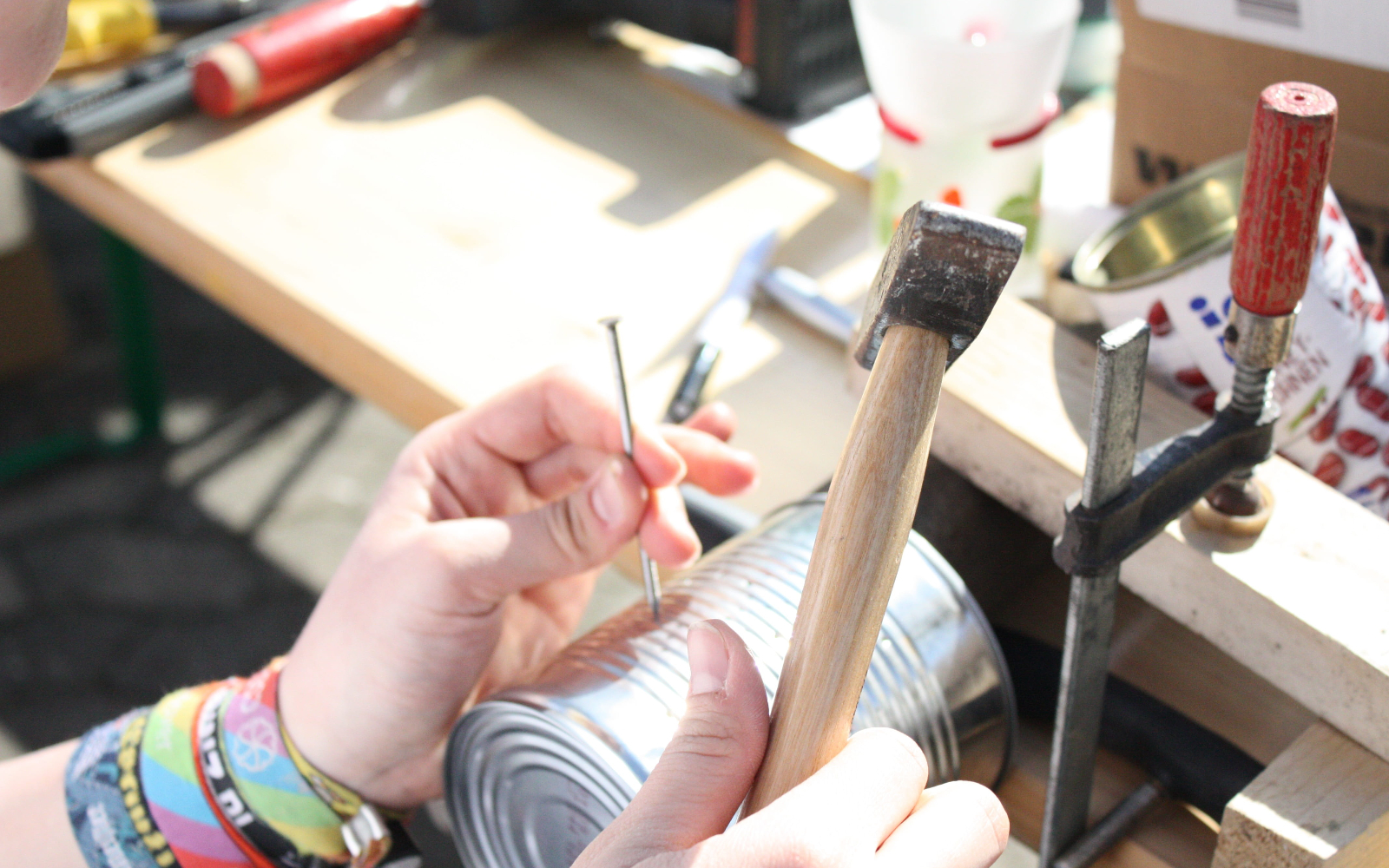
Upcycling is the process of transforming old, unwanted items into something new and functional. This creative and eco-friendly approach to home decorating allows you to breathe new life into your furniture and household items while adding a personal touch to your living space. In this article, we'll explore a variety of upcycling ideas and techniques to help you get started on your own upcycling journey.
Benefits of Upcycling
Environmental Impact: Upcycling reduces waste by repurposing items that would otherwise end up in landfills. This practice conserves resources and reduces the energy consumption associated with manufacturing new items.
Cost Savings: Instead of purchasing new furniture or decor, upcycling allows you to use what you already have, saving you money in the process.
Creativity: Upcycling encourages creativity and personal expression, as you'll need to think outside the box to find new uses for old items.
Uniqueness: Upcycled pieces are one-of-a-kind, adding a distinctive flair to your home that can't be replicated with mass-produced items.
Materials and Tools for Upcycling
Before you begin upcycling, gather some basic materials and tools to help you transform your old items. Some essentials include:
Paint and Brushes: High-quality paint and brushes are crucial for giving new life to old furniture. Consider using chalk paint, which provides a matte finish and adheres well to most surfaces without the need for priming or sanding.
Sandpaper: Sandpaper is useful for prepping surfaces before painting and for distressing painted furniture to create a vintage, worn look.
Adhesives: A strong adhesive, such as wood glue or epoxy, is necessary for attaching embellishments or repairing broken pieces.
Fabric and Upholstery Supplies: Reupholstering old furniture can give it a fresh, new look. Gather fabric, a staple gun, and foam or batting as needed for your project.
Hardware and Fasteners: Updating the hardware on old furniture, such as knobs or handles, can make a significant impact on the overall appearance. Additionally, have a selection of screws, nails, and other fasteners on hand for repairs and modifications.
Upcycling Ideas and Techniques
Now that you're prepared with the necessary materials and tools, let's explore some upcycling ideas and techniques:
Furniture Makeovers: Transform tired, outdated furniture with a fresh coat of paint or new upholstery. You can also add unique details, such as stencilling, decoupage, or decorative moulding.
Repurposed Storage Solutions: Old crates, drawers, or cabinets can be repurposed into creative storage solutions, such as wall-mounted shelves, under-bed storage, or entryway organisers.
Lighting: Update old lamps or chandeliers with a fresh coat of paint, new lampshades, or even by transforming them into pendant lights.
Garden Ideas: Turn old items, like wheelbarrows, bathtubs, or ladders, into planters or garden features, adding charm and character to your outdoor space.
Wall Art: Create unique wall art by repurposing old picture frames, window panes, or wooden pallets.
Upcycling Tips for Success
To achieve the best results with your upcycling projects, keep the following tips in mind:
Plan Ahead: Before you begin, make a plan for your project, including any necessary repairs, modifications, and the overall design.
Clean and Prep: Thoroughly clean and prep your items before starting your project. This may involve sanding, cleaning, or repairing any damaged areas to ensure a smooth and successful transformation.
Start Small: If you're new to upcycling, start with a small project, such as painting a picture frame or updating a lampshade, to build your skills and confidence.
Take Your Time: Upcycling can be a time-consuming process, so be patient and allow yourself the time needed to complete each step properly.
Seek Inspiration: Look for upcycling ideas and inspiration online, in magazines, or even by visiting local thrift stores and flea markets to spark your creativity.
Sharing Your Upcycling Projects
Once you've completed your upcycling project, share your success with others to inspire them on their own upcycling journey:
Social Media: Share your before and after photos on social media platforms, such as Instagram, Pinterest, or Facebook, using relevant hashtags like #upcycling and #DIY.
Blogging: If you enjoy writing, consider starting a blog to document your upcycling projects and share your experiences, tips, and tutorials with others.
Local Community: Participate in local upcycling or DIY groups, workshops, or events to connect with like-minded individuals and share your knowledge and passion for upcycling.
Teach Others: Offer to teach upcycling workshops or classes in your community, sharing your skills and inspiring others to embark on their own upcycling journey.
Upcycling is a rewarding and eco-friendly way to transform old furniture and household items into unique, functional pieces for your home. By following the tips and techniques outlined in this article, you'll be well on your way to mastering the art of upcycling and creating a truly personalised living space that reflects your style and personality.

